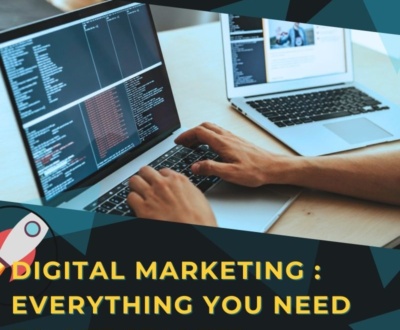When We Talk About “Design Your Website,” We Mean The Process Of Planning And Creating A Digital Space Where Your Audience Can Easily Find Valuable Content, Interact With Your Brand, And More Without Being Able To Navigate Confusion. For Your Blog, Marketing Funnel, The Key Is To Ensure That The Website Is Not Only Visually Appealing But Also Functional, Accessible And User-Friendly For Your Audience. Here Are The Key Elements That Will Guide The Design Of Your Website
Choosing a platform
Deciding on a website builder (like WordPress, Wix or Squarespace) or code it from scratch using HTML, CSS, JavaScript and other web technologies.
Choosing a theme or template: Choose a design template based on the style and functionality of the website.
Customizing the design: Adjusting colors, fonts, images, and page layout to match the site’s branding and vision.
Creating content: Adding written content, images, videos, and other media that will make the site informative and attractive.
Mobile Responsiveness: Making sure the website looks and works well on mobile devices.
SEO (Search Engine Optimization): Making the site SEO-friendly so that it ranks well on search engines.
Functionality and Features: Adding features like contact forms, e-commerce capabilities or social media integration.
VISUAL APPEAL: Clean And Sleek Design: Choose A Color Scheme That Aligns With Your Brand. Use Visuals Such As Pictures And Icons That Depict Digital Marketing Concepts And Human Relationships, Showing That The Blog Is Accessible And Relatable.
TYPOGRAPHY: Use Readable Fonts That Make Text Easy To Digest. Avoid Excessively Fancy Fonts That May Confuse The Reader. Large Fonts For Headlines And Small, Readable Text For Body Content Will Easily Guide The User’s Eye.
HUMAN TOUCH: About Page: Include A Personal Story Or Bio About Yourself To Build Trust And Rapport With Your Audience. Let Them Know Who You Are And Why You’re Passionate About Helping Them Succeed In Digital Marketing.
SEO-FRIENDLY DESIGN : Make It Search Engine Friendly To Make Sure People Can Find Your Blog. Use Appropriate Titles, Meta Descriptions, And Seo-Friendly Urls To Help Your Content Rank Higher In Search Engines Like Google.
MOBILE OPTIMIZATION
The Majority Of Users Access Websites On Their Mobile Devices, So Your Site Should Look Great And Work Smoothly On Smartphones And Tablets. A Responsive Design Automatically Adjusts To Varying Screen Sizes, Ensuring A Great Experience.
This Includes Providing Readable Fonts, Contrasting Colors For Better Visibility, And Text Options (Alt Text) For Images.
In Short, When Designing Your Website For Your Blog You Should Focus On Creating A Space That Speaks Directly To Your Audience’s Needs And Preferences. It Should Be Easy To Navigate, Visually Appealing, And Provide Valuable Content In A Human-Centric Way. By Focusing On Clarity, Simplicity, And Usefulness, You’ll Create An Inviting And Professional Environment That Will Encourage Your Readers To Explore Your Insights On The Digital Marketing Funnel And Come Back.






![9[1]](https://www.akshatjain.co.in/wp-content/uploads/91-400x330.jpg)
![8[1]](https://www.akshatjain.co.in/wp-content/uploads/81-400x330.jpg)
![7[1]](https://www.akshatjain.co.in/wp-content/uploads/71-400x330.jpg)